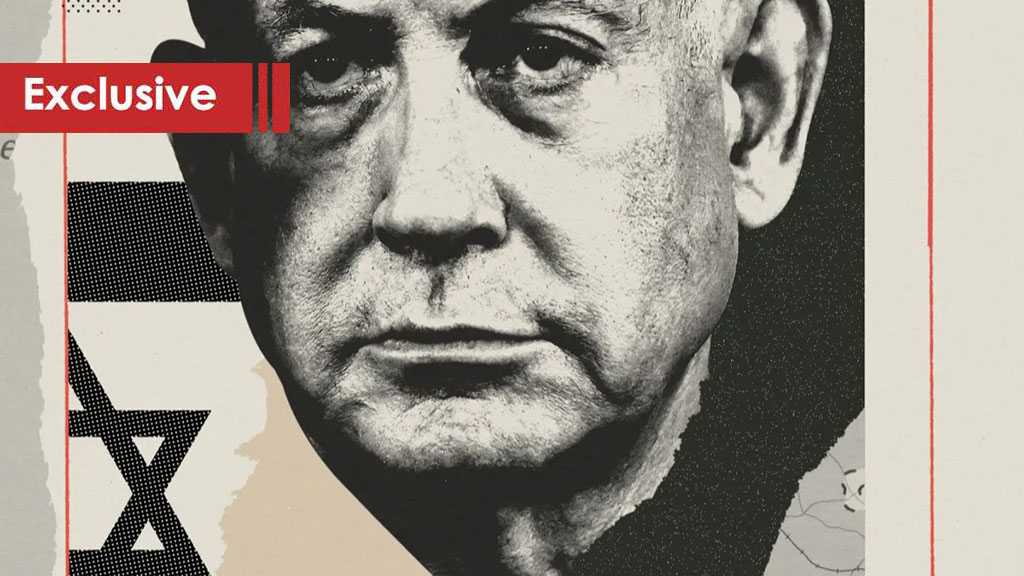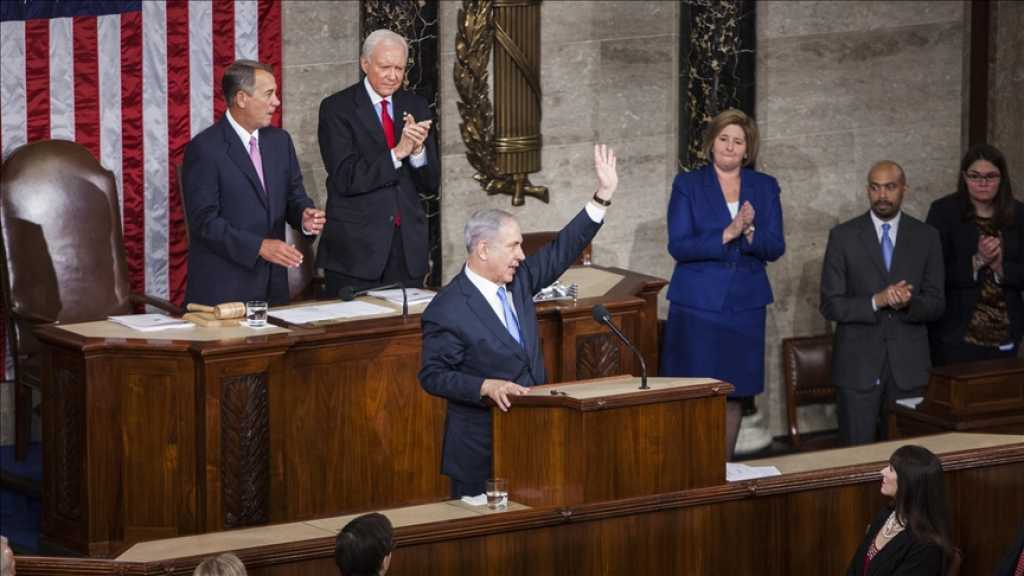Netanyahu’s “Greater ‘Israel’” and the Arab Capitulation: A Betrayal Foretold

By Mohamad Hammoud
Lebanon – On August 12, 2025, in a moment that should have jolted the Arab world to its core, Prime Minister Benjamin Netanyahu sat before “Israel’s” Channel i24 cameras and spoke with startling bluntness. No diplomatic euphemisms, no careful hedging—only an unflinching declaration of intent. “I am on a mission of generations,” he said, “and I am very much attached to the vision of a ‘Greater “Israel”’”. As those words hung in the air, a silver amulet was placed in his palm. Etched into its surface was a map that stretched “Israel’s” borders from the Litani River in Lebanon to the Suez Canal in Egypt, swallowing entire swaths of Lebanon, Syria, Jordan, Egypt and all of Palestine.
If this was a provocation, it was also a test—and the Arab leaders failed it spectacularly. Not a single head of state summoned the courage to confront Netanyahu’s statement. Not one dared to stand before their people and denounce this vision of expansion into Arab lands. Instead, they remained silent, their cowardice cloaked in the language of “strategic cooperation” and “peace dividends,” even as the man they called a partner openly claimed their territories.
Drawing the Map of Expansion
Netanyahu’s “Greater ‘Israel’” is no vague abstraction. It swallows the occupied West Bank and East Al-Quds [“Jerusalem”], already honeycombed with settlements; Gaza, reduced through relentless bombardment to what he has reportedly described as a “manageable vacancy”; Syria’s Golan Heights, converted into military and agricultural strongholds; Egypt’s Sinai Peninsula, framed as a “security buffer in waiting”; western Jordan; and southern Lebanon up to the Litani River, long coveted for its water and strategic depth.
This is not a dream in the clouds or a historical book on old shelves—it is being created on solid ground. More than 700,000 settlers now populate the West Bank. New vineyards and farms in the Golan Heights drink from confiscated springs. Drone flights over southern Lebanon map every road, every water pipe, every schoolyard. In Gaza, entire neighborhoods have been erased, as though preparing for permanent depopulation. Netanyahu’s map is already under construction.
The Arab Rush to Normalize
While that map was being etched, Arab foreign ministers and royal envoys were competing for “Israel’s” favor. The UAE and Bahrain toasted the 2020 Abraham Accords. Sudan’s military rulers scrapped boycott laws. Morocco normalized relations to facilitate Western Sahara’s recognition. Even Saudi Arabia—the self-proclaimed leader of the Arab and Islamic worlds—is edging toward formal ties.
Publicly, these governments offer ritual statements about Palestinian rights. Privately, they ask Tel Aviv what more they can give. They attend security conferences with “Israeli” officials, arrange trade missions, and sign investment deals, all while pretending Netanyahu’s engraved map doesn’t exist. Their actions echo Jared Kushner’s smug recollection in his memoir that moving the US embassy to Al-Quds [“Jerusalem”] would cause nothing more than “noise”. Netanyahu is making the same bet—that Arab outrage is all theater—and so far, he’s winning.
Lebanon Under Siege
No country feels this betrayal more than Lebanon. Under pressure from Washington, Riyadh, and Paris, Beirut’s leaders face a “post-conflict framework” demanding they accept maritime borders favoring “Israel,” channel offshore gas through an “Israeli”-approved consortium, and most importantly, disarm Hezbollah.
For decades, Hezbollah has been the only force in the Arab world to stop “Israel” on the battlefield. Disarming it would remove the last serious deterrent between Netanyahu and the Litani River. Yet Arab envoys praise Lebanon’s “constructive” attitude toward these demands, as though surrender were wisdom.
The Silence of the Collaborators
Netanyahu’s declaration was not a slip of the tongue. It was a direct message to his domestic base and to the Arab regimes: “Israel” will keep expanding, and nothing you say—or fail to say—will stop it. The response from Arab capitals proved him right. No emergency summits. No coordinated statements. No threat of sanctions or diplomatic isolation. Instead, photo-ops, business contracts, and military coordination continued as if the map on that silver amulet were just a decorative trinket.
Saudi Arabia’s role is especially stark. Rather than using its influence to confront “Israel’s” territorial ambitions, it uses that influence to pressure Lebanon into compliance. In doing so, it serves Netanyahu’s agenda more effectively than his own diplomats could hope to.
A Moment of Moral Reckoning
For decades, “Israel’s” expansionist ambitions were whispered in policy circles and denied in public. Netanyahu has torn away the mask. By openly declaring himself “very much” attached to the vision of a “Greater Israel,” he forces the Arab world to confront a simple question: defend their lands, or accept their own disappearance from the map.
This is not only about Palestine. Amman, Beirut, Damascus and Cairo all fall within the borders he has now displayed. Today it is southern Lebanon, Gaza and southern Syria; tomorrow it could be Jordan’s western provinces or Egypt’s Sinai.
Arab leaders can continue chasing photo-ops and “peace” deals that yield nothing, or they can stand with their neighbors, resist the dismantling of Arab sovereignty, and refuse to trade their future for empty promises.
If they choose the first path, that silver amulet will one day hang not as a symbol of ambition but as a trophy of conquest. And history will remember that when Netanyahu spoke of taking their land, they answered not with resistance, but with applause.




